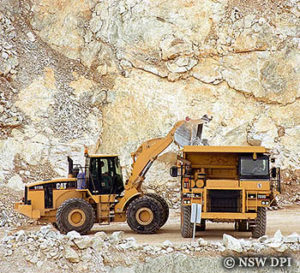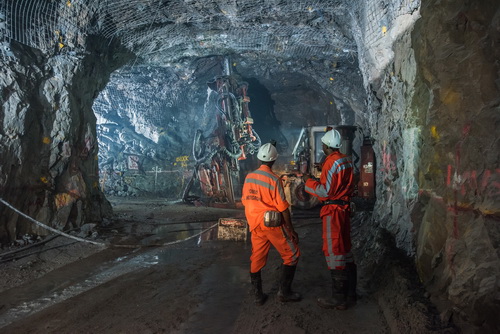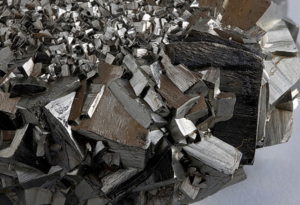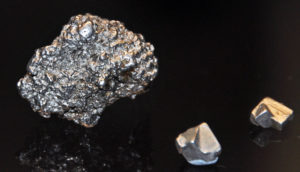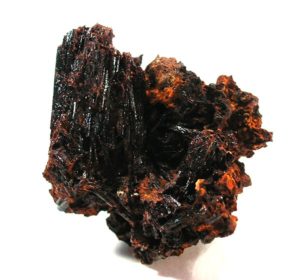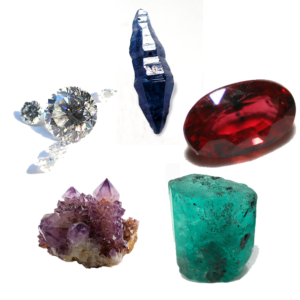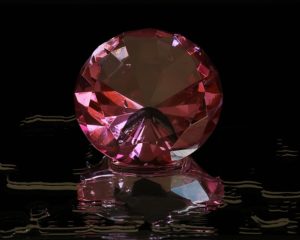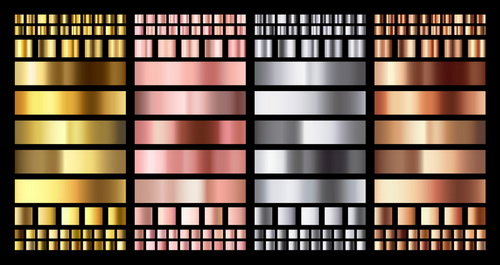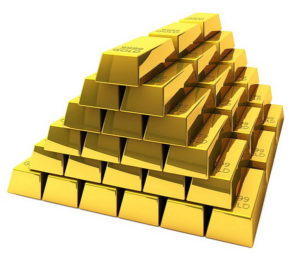From the quartz inside your watch to the gemstones you wear on your fingers, we come across minerals every day. The Earth is abundant in minerals and humans cannot live without them, as they are one of the sources of keeping the human body functioning. Since minerals are such important elements in our lives, we are taught everything about them since childhood. But, there are some important facts about minerals that you may have forgotten.
Let’s recall them again.
Minerals are Inorganic
Minerals are inorganic, meaning that they do not belong to the class of organic compounds. Inorganic compounds are not made up of fats, proteins, and carbohydrates; instead, they are a result of natural activities that living things cannot carry out. In inorganic substances, carbon forms bonds with all the elements forming other objects such as plastic.
Mineral Occur Naturally
There is no doubt that minerals occur naturally and are not made by humans or are a result of any human activity. Scientists do not form minerals in laboratories; instead, they are formed by nature. Though there are some laboratories that produce minerals, they are not in their genuine form. In addition to this, there are certain elements that are not fully minerals such as mineraloids.
Minerals are Formed by Chemical Composition
Every mineral has its own form of combination which cannot be found in other minerals. Several atoms in minerals connect together to form compounds. For example, salt forms crystals and it is a mineral too. Then, these crystals contain chlorine ions bonds and sodium together in a distinctive pattern. While there are some minerals which have more than one carbon atom, there are certain minerals such as gold, copper and silver which only contain one type of carbon atom.
Mineral are Solid in Nature
Mineral are solid in nature and cannot be gas or liquids. Charged atoms and ions bond together to form minerals which makes the structure solid. The minerals have a clearly definite shape and volume. In addition, their molecules cannot be compressed further. Moreover, their structure is rigid, making them impossible to move around.
Mineral Have Crystalline Structure
Minerals come in a form of crystals that have an arrangement of ions and atoms in unit cells. These cells have different shapes due to the size of the atom and ions. Crystals normally take one of the shapes such as a prism or a cube. Also, these minerals are formed in 2 ways; in lava or magma form in the volcanoes, making crystallized minerals.
With this information, we hope you would have recalled the facts you studied about minerals in your science books in childhood. Come back and check with us again for more interesting information!

